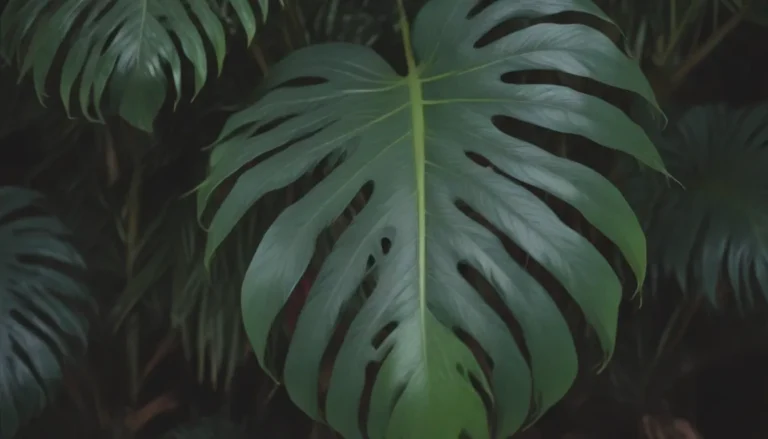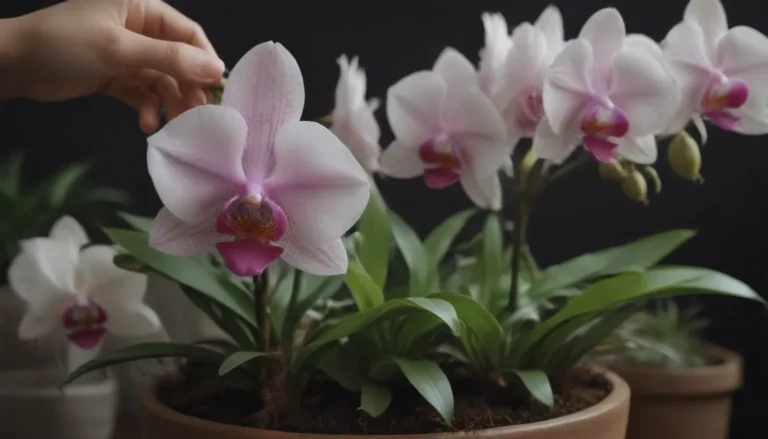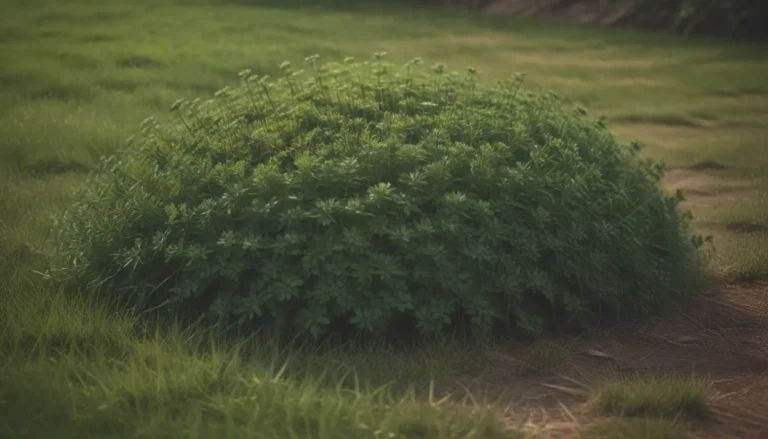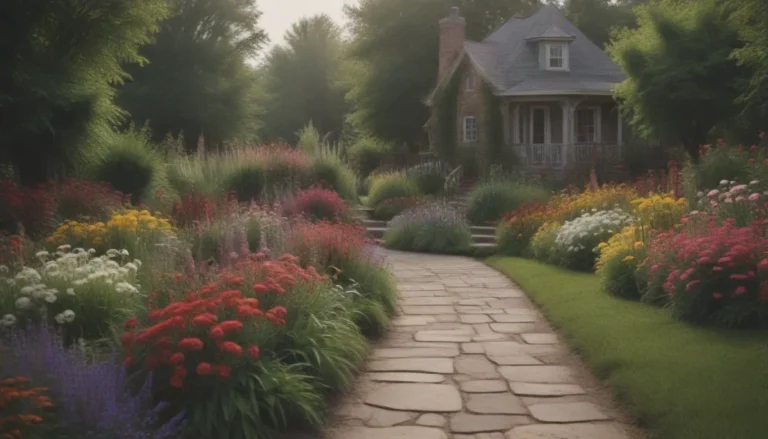Everything You Need to Know about Japanese Stewartia Trees
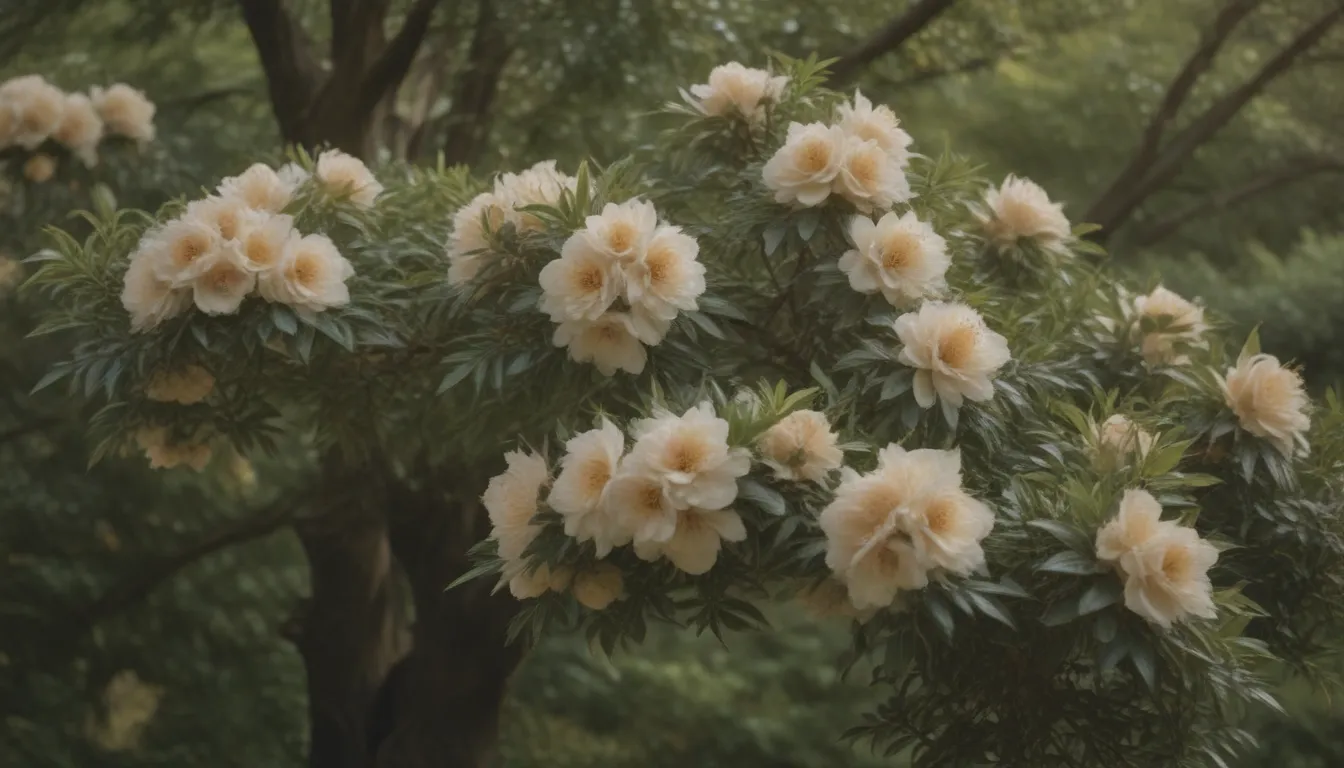
If you’re a fan of vibrant fall foliage but have limited space, the Japanese stewartia tree might be the perfect fit for your garden. Originating from Japan, this small tree boasts exfoliating bark and delicate flowers that resemble camellias. With proper care, this slow-growing deciduous tree can thrive in your garden, adding beauty and interest throughout the year.
Why Choose Japanese Stewartia?
Japanese stewartia trees are a popular choice for homeowners due to their unique characteristics and multi-season interest. Here are a few reasons why you might want to consider adding one to your landscape:
- Attractive exfoliating bark
- Delicate white flowers with orange-yellow anthers
- Beautiful autumnal foliage in shades of red, orange, and burgundy
- Low-maintenance once established
Japanese Stewartia Care Tips
While Japanese stewartia trees are relatively low-maintenance, they do require some specific care to thrive. Here are some essential care tips to keep your tree healthy and happy:
Location
When planting your Japanese stewartia, choose a sheltered spot that is protected from cold, dry winds. Avoid planting in the fall, as the tree may be vulnerable to toppling in strong winds. Use supports and stakes to help stabilize the tree, especially during its early years.
Light
Japanese stewartia trees prefer full sun to partial shade but may be prone to sunburn in intense afternoon sun. Provide some shade during the hottest part of the day to prevent leaf damage.
Soil
Ensure the soil is moist and well-drained, with moderate fertility. Mulch around the base of the tree to help retain moisture and suppress weeds.
Water
Water your Japanese stewartia regularly, especially during its first year after planting. Maintain even moisture throughout the growing season, and water deeply during dry periods. Mulch can help retain soil moisture and regulate temperature.
Temperature and Humidity
If you live in a region with warm summers, plant your Japanese stewartia in a location that receives some shade during the hottest part of the day. This will help protect the tree from heat stress.
Fertilizer
Fertilize your tree in the spring with an acidifying organic fertilizer during its early years. This will help promote healthy growth and vibrant foliage.
Varieties of Japanese Stewartia
There are several cultivars of Japanese stewartia to choose from, each with its own unique characteristics:
- ‘Ballet’
- ‘Cascade’
- ‘Milk and Honey’
- ‘Pilar Bella’
Pruning and Propagation
Japanese stewartia trees rarely require pruning, but you may need to remove broken or crossing branches to maintain the tree’s health. Prune lower limbs as the tree grows to reveal the beautiful spectrum of bark colors.
You can propagate Japanese stewartia trees using softwood or semi-hardwood cuttings, though success rates may vary. Alternatively, you can grow them from seed, though this process can be slow and complex.
Common Issues and Solutions
Japanese stewartia trees may face some common problems, such as falling over if not properly supported in their early years. To prevent leaf burn, plant the tree in a partially shaded area. Protect the thin bark from damage to avoid inviting pests and diseases.
Companion Plants
Pair your Japanese stewartia tree with compatible companion plants to create a harmonious garden landscape. Consider planting alongside Alice Oakleaf Hydrangea, Sunburst Hypericum, or Green Sheen Japanese Spurge for a stunning combination.
In conclusion, Japanese stewartia trees are a beautiful and versatile addition to any garden. By following the care tips outlined in this article, you can enjoy the beauty of this unique tree for years to come. Experiment with different cultivars and companion plants to create a truly stunning garden display that will be the envy of your neighbors. Happy gardening!
